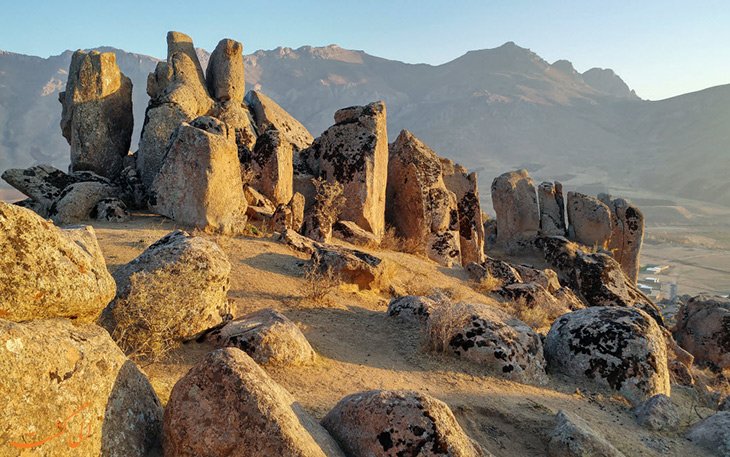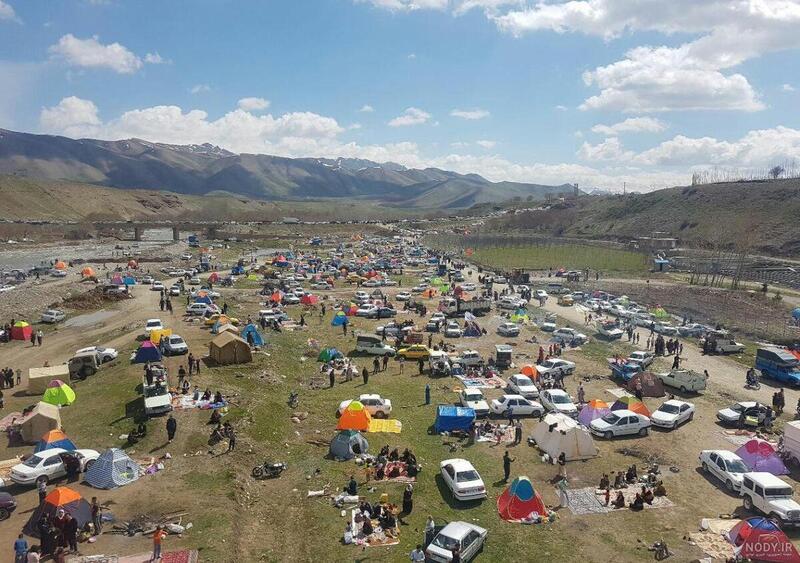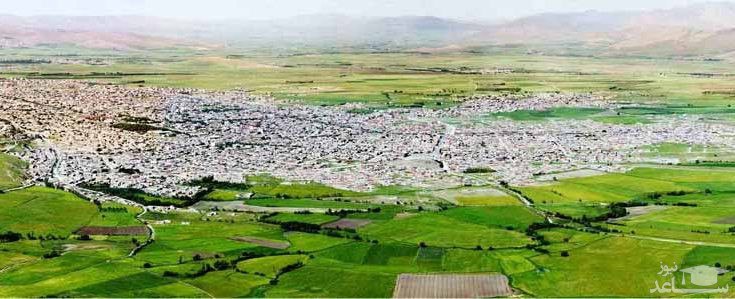Geography of Khane
Piranshahr or Khane is located in the southwestern province of Urmia in the East part of Kurdistan and is part of the Mukriyan region.
It is located 47 kilometers from Shno (Oshnavyeh), 47 kilometers from Naghadeh, 95 kilometers from Sardasht, and 75 kilometers from Mahabad, and it borders the South part of Kurdistan from the west.
Piranshahr is located in a mountainous area and the higher we go to the west, the higher it is. The mountains of Qandil (3578 meters), Haji Brayim (3550 meters), Suradal (3503 meters), and Chl Bizna (3226 meters) are among the highest mountains in the city.
Permanent rivers originate from the mountains of Piranshahr and the rivers Selve, Lawen, Badinawe, and Gada merge to form the famous Little Zab River which after passing through Mirawa and Sardasht, enters South part of Kurdistan and flows into the Dukan Dam.
Considering the nature of Piranshahr, the mountainous nature of the region, and the role of the mountains in the formation of stone, this city has rich stone mines. More than 80 percent of the mines in Urmia province are located in Piranshahr. With 65 granite mines and an annual production of 300000 tons of granite, the city is one of the most important areas in Kurdistan and Iran for the extraction of this stone.
This city has dozens of resorts and tourist attractions and due to its unique nature, many tourists from Iran, East and South parts of Kurdistan visit it every year.

Khane is a historical city
In the Piranshahr region, 113 historical mounds have been identified and recorded by experts representing the cultural heritage of the city, which shows the historicity of the region and the formation and existence of strong civilizations, such as Mannaean, Parswayi, Urarto, Medes, Zamwa, and Islam.
There are also some mounds that are visited by many historical followers, such as Shinawe Castle (1st millennium BC), Mutawe Castle (2500 BC), Shay Castle (1500 to 2500 BC), Jaldiyan Castle (5000 to 5500 BC), Paswe Castle (prehistoric), Bardamafura Stone Inscription (Lakban Village), Dashan Castle (2000 to 3500 BC), Gardashawan Hill, and Zargatan Cemetery.
It is worth mentioning that there are many historical sites in the area, but due to lack of work, they remain unnamed and unknown.
Konalajan is also one of the historical cities of Piranshahr. The history of Konalajan dates back to the pre-Islamic and Sassanid periods. Some of the artifacts found in Konalajan are in the Urmia Museum. These monuments date back to the Sassanid period and many books have been written about them internationally.

The name of this city from Khane to Piranshahr
Research shows that the city of Piranshahr has a civilization history of eight thousand years, and "Khane" is the real name of the city. Jacques Demorgan, a French explorer who was in Iran in 1897, confirms this.
Khane is derived from the root Khan. In the Moin dictionary, it is defined as "house, palace, caravanserai, and authorities". The Amid Dictionary defines "khan" as shop, pub and caravanserai, chief and emir".
In Hanbaneborina, published in 1980, Mamosta Hazhar wrote “a city in Kurdistan”; then defined Khane as “Khan” as the title of the authorities and the caravanserai.
In 1315 AH (during the reign of Reza Shah) at the suggestion of Saied Nafisi, the name of the city was changed to Piranshahr. The reason for the name was given to the city by the then Iranian authorities and Saied Nafisi, the elder of the Shahnameh of Ferdowsi, who plays a clever and skilled commander in the Shahnameh of Ferdowsi.










